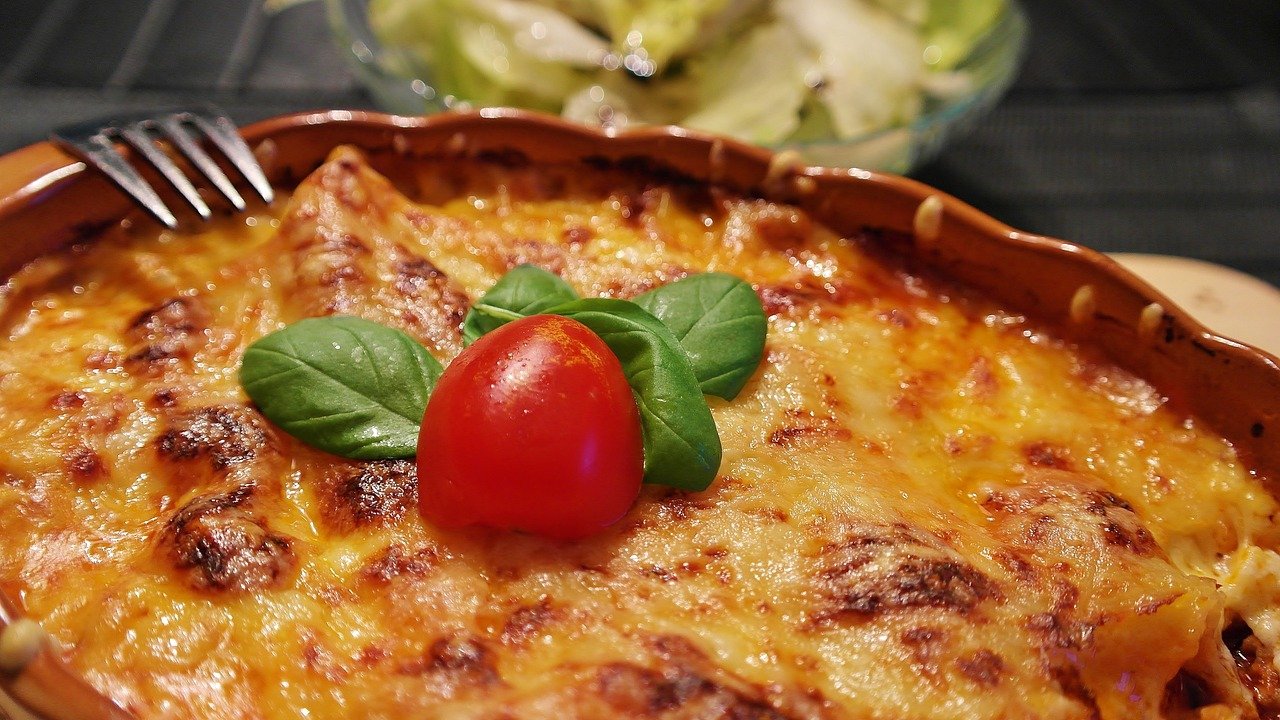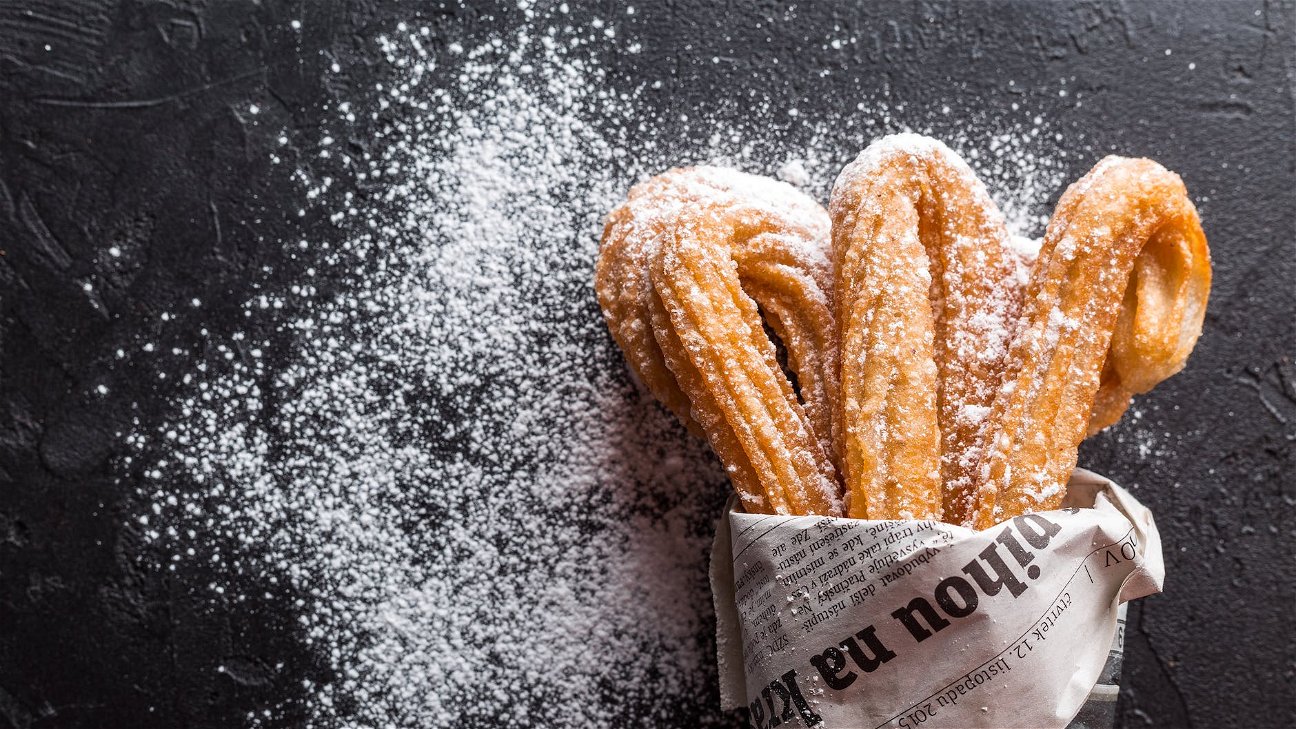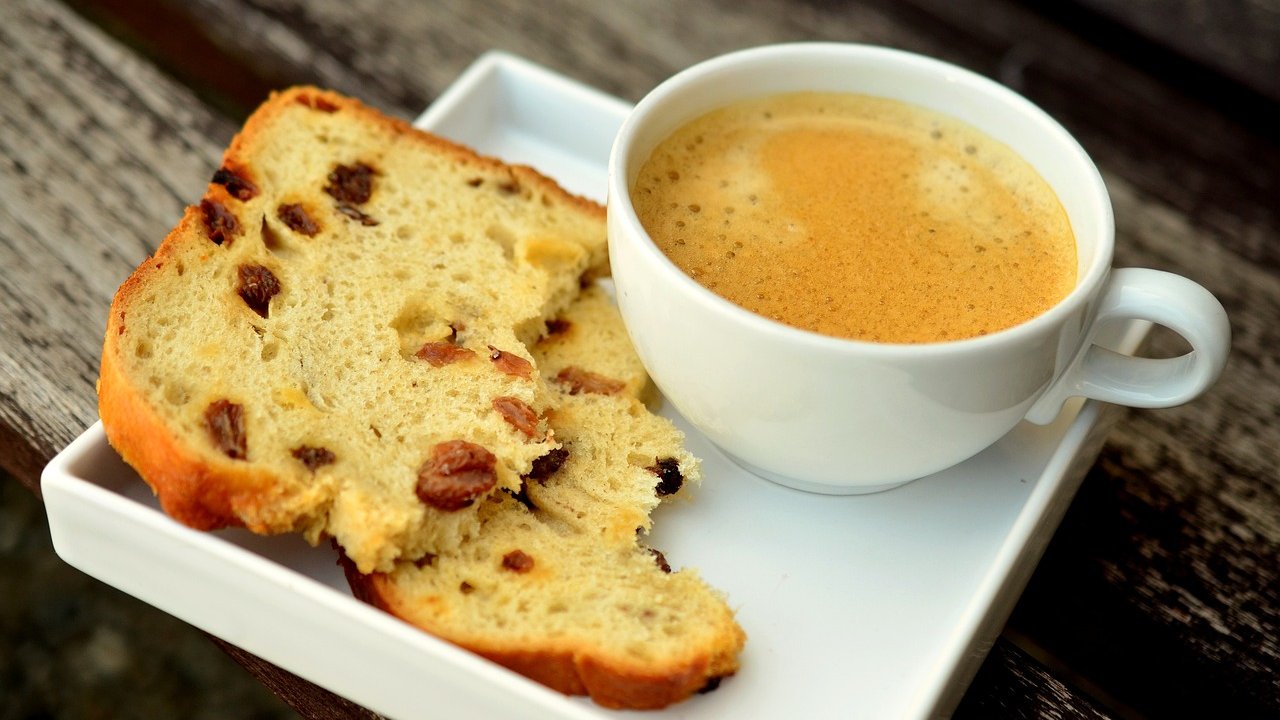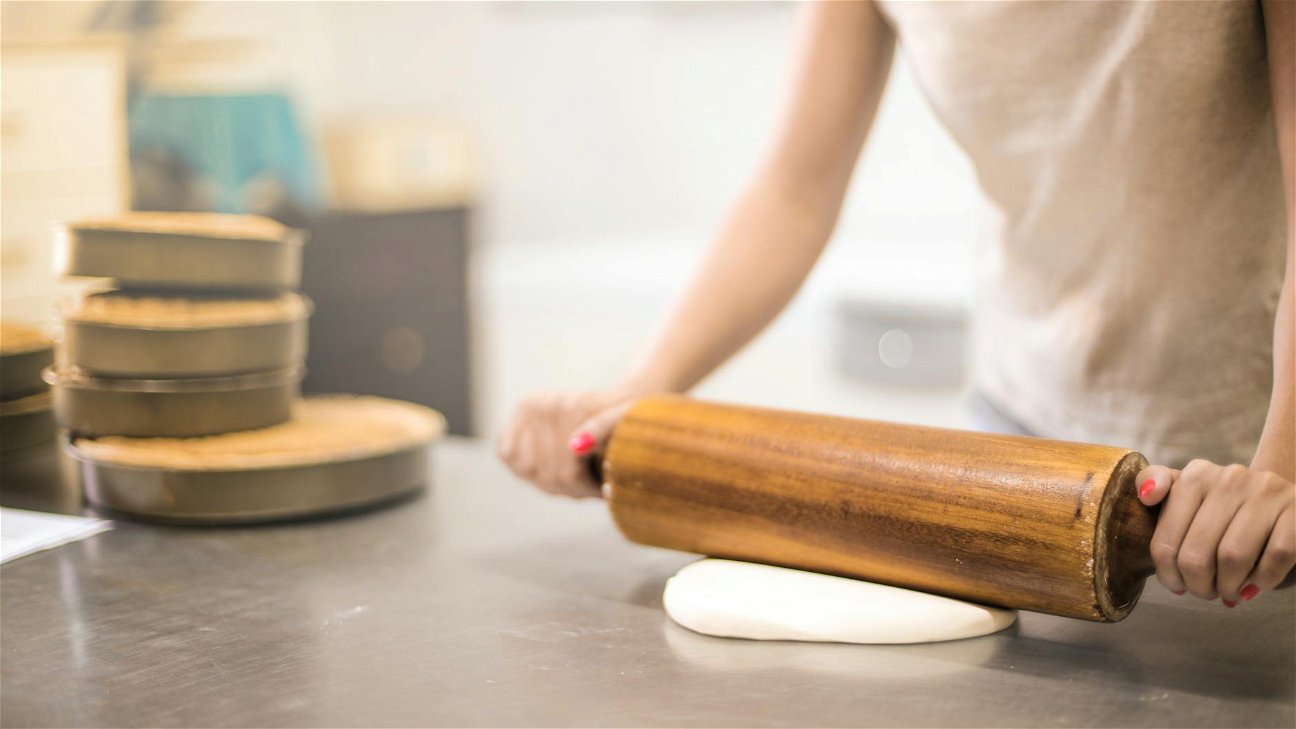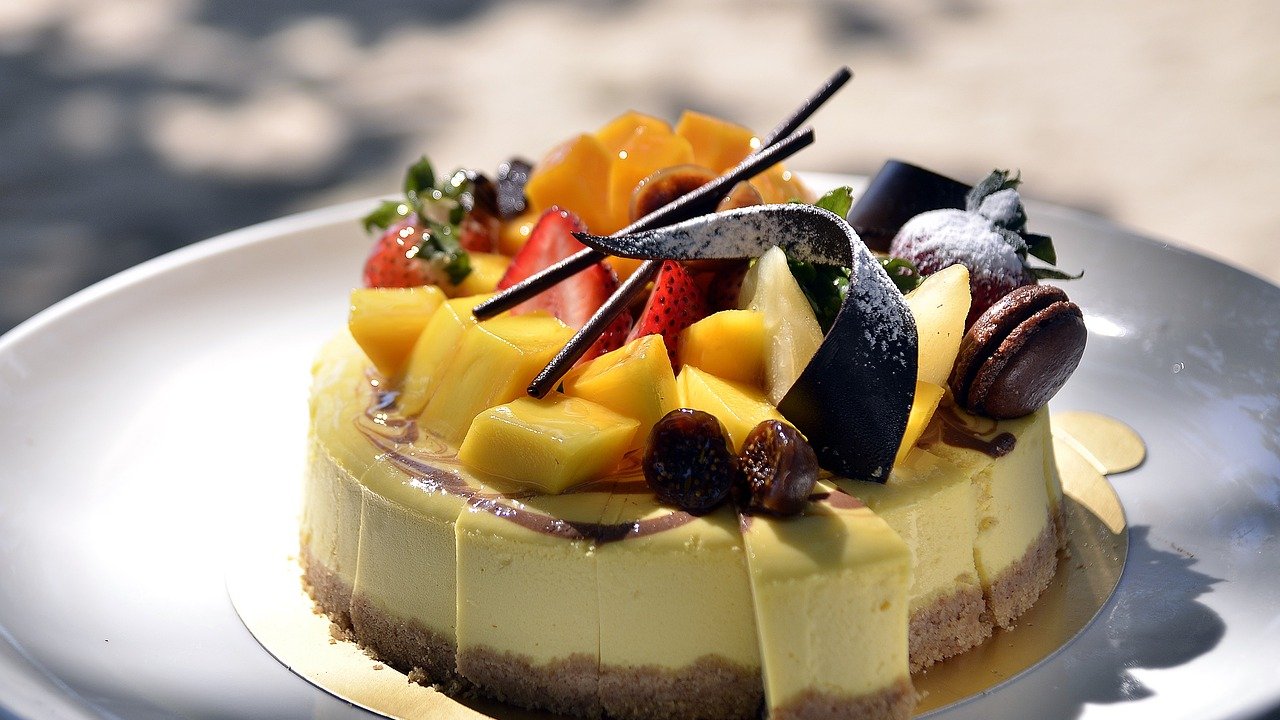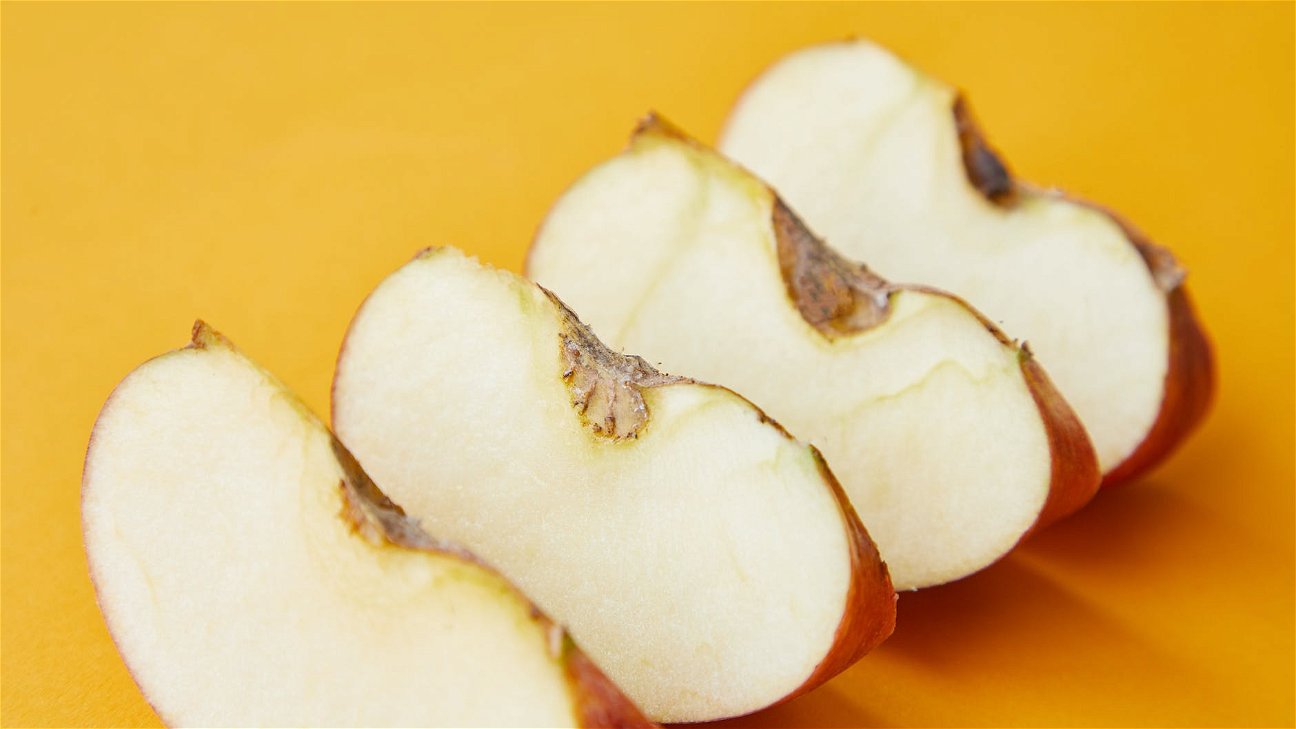
The art of artisanal breads is a love affair with the senses. The scent of freshly baked bread wafting through your home, the sight of a perfectly browned crust, the sound of a loaf crackling as it cools, the touch of a crisp crust, and of course, the taste—rich and soulful.
Understanding the Artisanal Bread
Artisanal bread is a term that gets thrown around a lot these days. But what exactly makes a bread 'artisanal'? Simply put, artisanal breads are made by hand using traditional methods and high-quality ingredients. They tend to have a superior taste and texture due to the slow fermentation process that they undergo.
Artisanal breads can come in a myriad of flavors and forms, here's a quick overview of the most popular types:
- Baguette: The quintessential French bread, characterized by its long length and crisp crust.
- Sourdough: Known for its tangy flavor, achieved through a long fermentation process.
- Focaccia: An Italian bread flavored with olive oil, salt, and additional toppings like rosemary or tomatoes.
- Brioche: A rich and tender bread due to the high amount of eggs and butter incorporated into the dough.
- Ciabatta: An Italian bread with a distinctive flat and elongated shape. It's known for its chewy interior and slightly crispy crust.
A Journey Through Crust and Crumb
The crust and crumb of a bread can tell you a lot about its characteristics. The crust, which is the baked outside of the bread, can range from thin and crisp to thick and chewy, depending on the baking method used. The crumb, the inside of the bread, can either be tight and dense or light and airy.
In artisanal breads, achieving the perfect crust and crumb is a result of mastering several baking techniques, such as scoring (making cuts on the dough before baking for controlled expansion), steam baking (creating a moist environment to delay crust formation and allow optimal oven spring), and using a preheated baking stone or dutch oven.
Baking Your Own Artisanal Breads
Baking artisanal bread may seem intimidating at first, but with the right ingredients, tools, and techniques, anyone can create delicious loaves at home.
Ingredients
The basic ingredients for most breads are flour, water, yeast, and salt. However, artisanal breads can include other ingredients like whole grains, seeds, nuts, fruits, vegetables, and spices. The quality of ingredients is crucial for a good loaf—using unbleached, unbromated flour and filtered water can make a difference.
Tools
Here are some key tools that can help you with your home baking:
- Mixing Bowls
- Dough Scraper
- Baking Stone or Dutch Oven
- Lame (a special blade for scoring bread)
- Baking Parchment
- Bread Peel (a tool for transferring the bread to the oven)
Techniques
Some essential techniques for baking artisanal breads include kneading (to develop gluten), proofing (allowing the dough to rise), shaping, scoring, and baking.
Embarking on the journey of baking artisanal breads is not just about the end result. It’s about the process—the feel of the dough beneath your fingertips, the anticipation of the first rise, the smell of the bread baking in the oven. It’s a labor of love that certainly pays off with every bite of warm, fresh bread. Remember, practice makes perfect, so don't get discouraged if your first few loaves aren't perfect.
